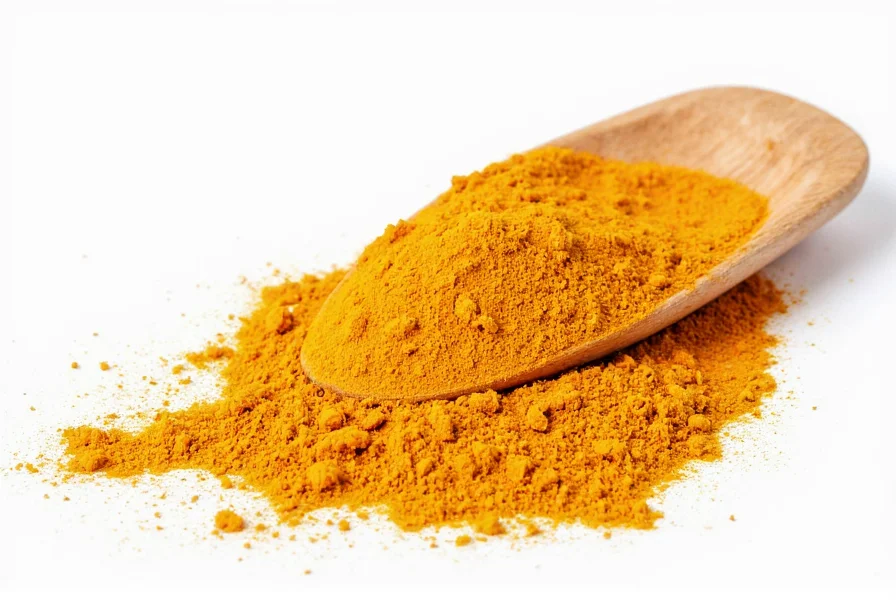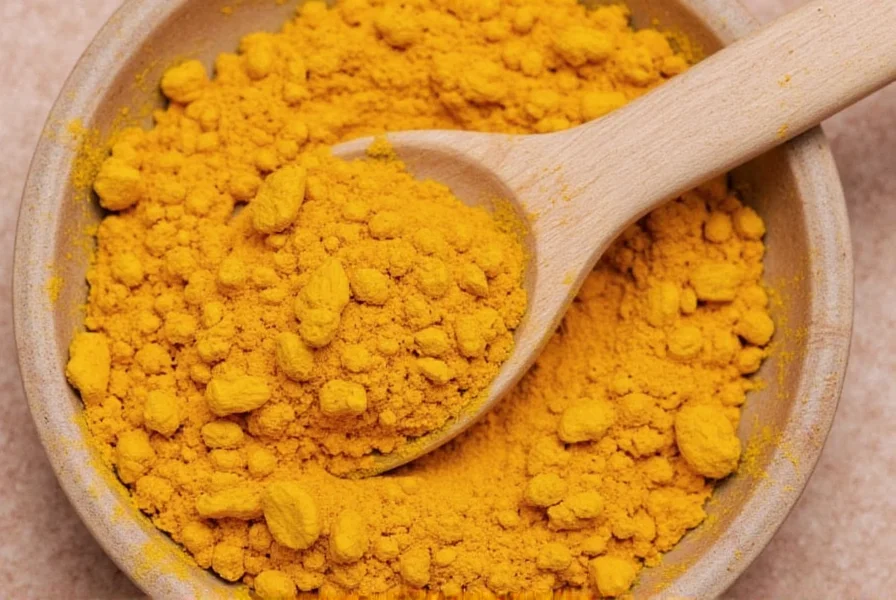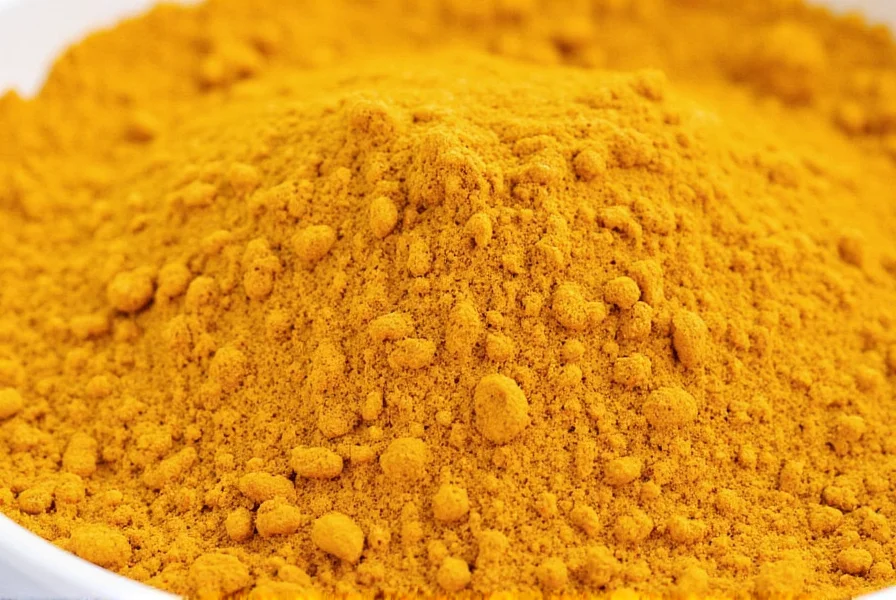Understanding what does turmeric taste like requires experiencing its complex flavor profile firsthand. This vibrant golden spice, beloved in kitchens worldwide, offers more than just color to dishes—it brings a distinctive taste that can transform ordinary recipes into extraordinary culinary experiences.
The Complete Turmeric Flavor Profile
When you bite into a small piece of fresh turmeric root, you'll immediately notice its warm, slightly bitter taste with earthy undertones. The initial flavor resembles ginger but with less heat and more complexity. As you continue to chew, subtle citrus notes emerge, followed by a mild peppery finish that lingers on the palate.
Dried turmeric powder, the form most commonly found in Western kitchens, has a more concentrated flavor. The drying process intensifies the earthiness while slightly diminishing the bright citrus notes present in fresh turmeric. Powdered turmeric typically has a more pronounced bitterness that requires careful balancing in recipes.
| Form | Primary Taste Notes | Bitterness Level | Best Culinary Uses |
|---|---|---|---|
| Fresh turmeric root | Earthy, citrusy, mildly peppery | Moderate | Smoothies, fresh juices, salad dressings |
| Dried turmeric powder | Deep earthy, warm, bitter | High | Curries, stews, rice dishes, baked goods |
| Turmeric extract | Intensely bitter, medicinal | Very High | Supplements, small culinary additions |
How Turmeric Compares to Similar Spices
Many people wonder how does turmeric taste compared to ginger, as both come from the same plant family. While ginger delivers a bright, spicy heat that intensifies as you chew, turmeric offers a more subtle warmth with earthy complexity rather than sharp heat. Turmeric's bitterness distinguishes it from ginger's natural sweetness.
When considering what does turmeric taste like in curry, it contributes foundational earthiness that balances the heat from chilies and the richness of coconut milk. In golden milk or turmeric lattes, its natural bitterness requires careful balancing with sweeteners and complementary spices like cinnamon and cardamom.

Factors That Influence Turmeric's Taste
The specific flavor profile of turmeric can vary based on several factors:
- Geographic origin: Indian turmeric tends to have a more intense earthiness compared to varieties grown in东南亚
- Harvest time: Younger roots have milder flavor with brighter citrus notes
- Processing method: Sun-dried versus oven-dried affects the intensity of bitterness
- Storage conditions: Exposure to light and air can diminish flavor complexity over time
Managing Turmeric's Bitterness in Cooking
Understanding why does turmeric taste bitter helps home cooks manage this characteristic. The compound curcumin, responsible for turmeric's vibrant color and health benefits, also contributes significantly to its bitter taste. Here are effective techniques to balance turmeric's natural bitterness:
- Combine with healthy fats like coconut oil or ghee to mellow the bitterness
- Add small amounts of acid (lemon juice or vinegar) to brighten and balance
- Pair with natural sweeteners like honey or maple syrup in beverages
- Toast powdered turmeric briefly in a dry pan to deepen flavors and reduce harshness
- Use the "bloom" technique—cook turmeric in oil for 1-2 minutes before adding liquids
Perfect Flavor Pairings for Turmeric
Certain ingredients naturally complement turmeric's distinctive taste profile. When exploring what does turmeric taste good with, consider these winning combinations:
- Lemon or lime: The citrus acidity cuts through bitterness while enhancing turmeric's natural citrus notes
- Black pepper: Creates the well-known synergy that enhances curcumin absorption while adding complementary heat
- Ginger: Shares similar earthy notes while providing contrasting spicy warmth
- Coconut milk: The rich creaminess balances turmeric's bitterness in curries and soups
- Honey or maple syrup: Natural sweeteners that counteract bitterness in beverages and dressings

The Science Behind Turmeric's Taste
The distinctive flavor of turmeric comes primarily from three compounds: curcumin (which provides the bitter note), turmerone (contributing earthiness), and zingiberene (adding subtle ginger-like qualities). These compounds work together to create turmeric's complex sensory profile.
Interestingly, the perception of how bitter is turmeric exactly varies among individuals due to genetic differences in taste receptors. Some people experience turmeric as moderately bitter, while others find it intensely so—this explains why flavor preferences for turmeric-based dishes can vary significantly between people.
Practical Tips for Using Turmeric Based on Taste
When working with turmeric, keep these practical considerations in mind:
- Start with small amounts (1/4 to 1/2 teaspoon for powdered turmeric in a standard recipe) and adjust to taste
- Fresh turmeric root typically requires 3 times the quantity of powdered turmeric for equivalent flavor
- Always pair turmeric with black pepper to enhance both flavor and nutritional benefits
- Store fresh turmeric in the refrigerator for up to two weeks, or freeze for longer storage
- Keep powdered turmeric in an airtight container away from light to preserve flavor











 浙公网安备
33010002000092号
浙公网安备
33010002000092号 浙B2-20120091-4
浙B2-20120091-4